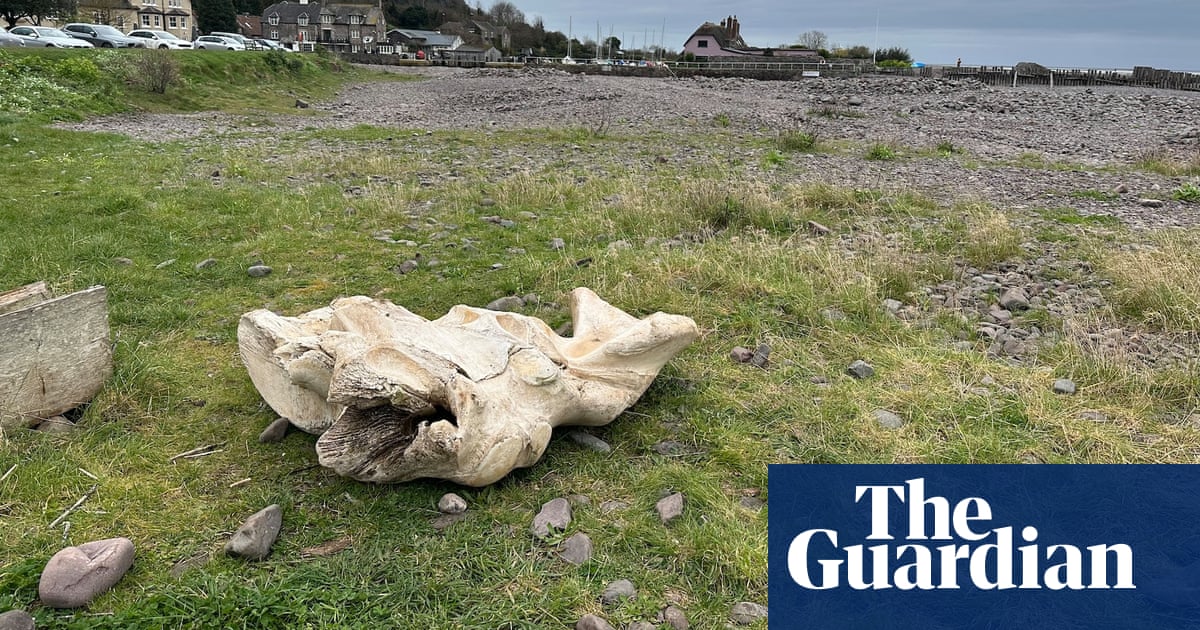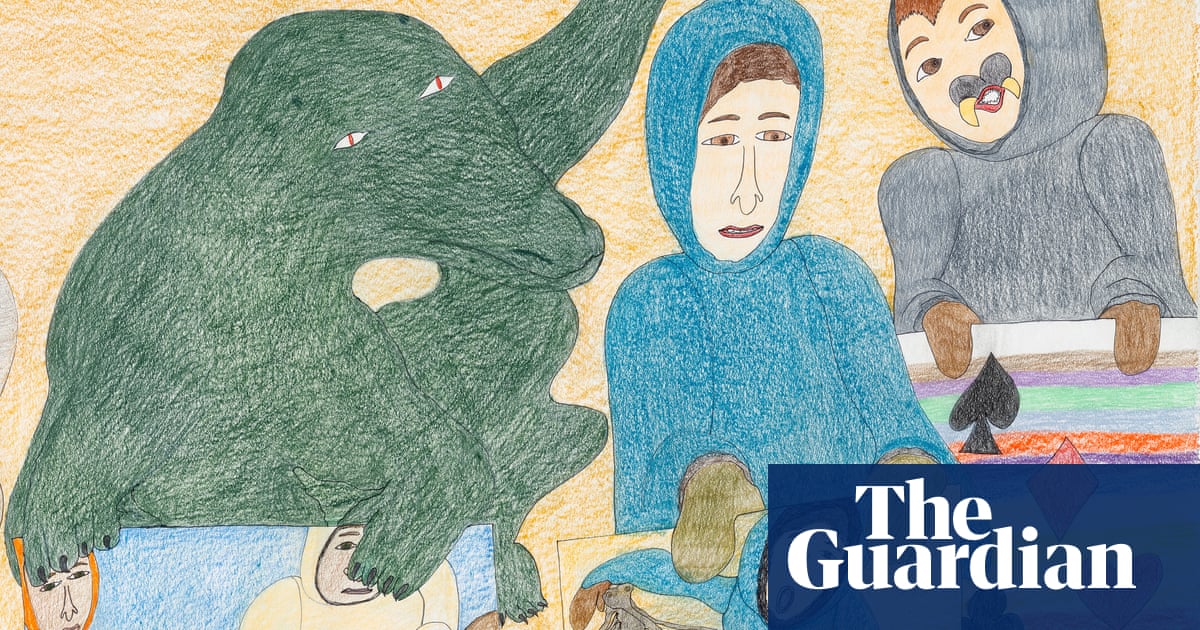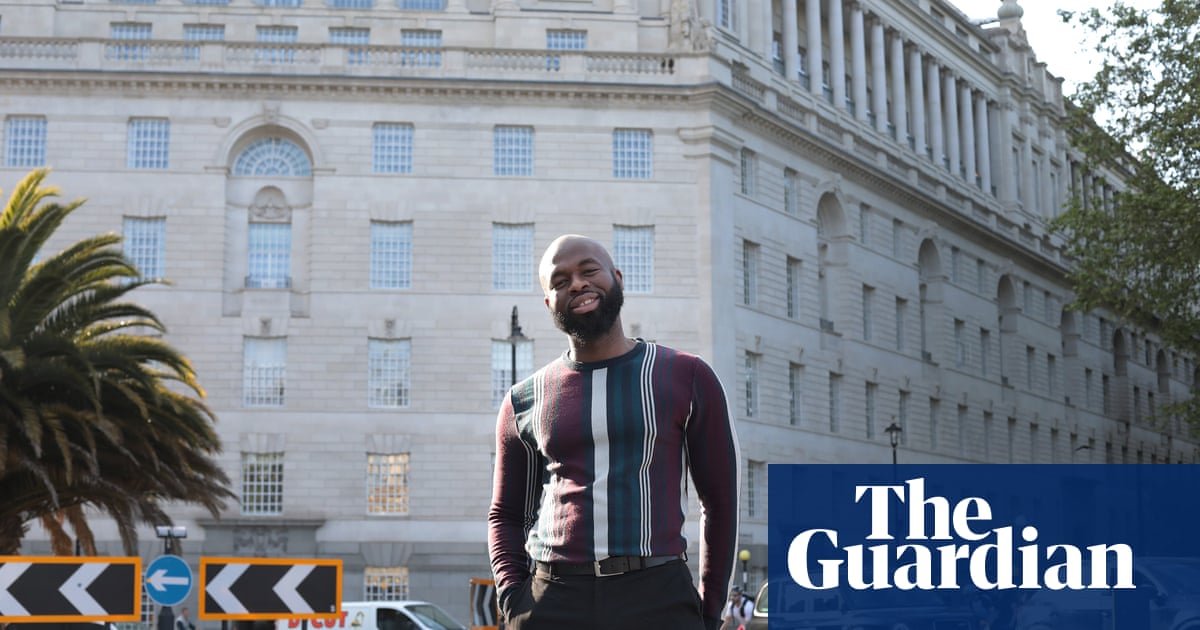
Perched above the west promenade in Newhaven, as visible to refugees out at sea as it is to dogwalkers strolling along the front, is a huge message written in bright fairground lights, held aloft by a scaffold five metres high. “You imagine what you desire,” says the text sculpture, one of six by the Glasgow-based artist Nathan Coley that are currently installed at various locations across the Sussex landscape.
“It’s at the end of the drag,” says Coley of the Newhaven one, “where people go for a picnic in their car – and it’s very deliberately facing the water.” Here, the ferry takes holidaymakers to and from Dieppe but, beyond that official corridor, the Channel also brings thousands of souls from places beyond mainland Europe. “Of all the locations, that one is the most politically charged,” says the 54-year-old, choosing his words carefully in his light and peaceful studio in the Whisky Bond, a co-working space at Speirs Locks on the Glasgow Canal.
The words are taken from a quote by playwright George Bernard Shaw about the origins of creativity but, as with all of Coley’s text works, it is the setting that adds its own wash of meaning. “The idea – of people coming so far, seeking refuge, taking the risk to travel across the Channel, which is notoriously dangerous – is all about imagining a better life and desiring something for your children which is more than you have at the minute.” He pauses and rakes his hands down through his hair. “Like most people, I’m appalled that as a country we have forgotten the manner in which we became great – through immigration.”
Quite by accident, this sculpture was first illuminated on the day that the home secretary, Priti Patel, announced plans to send asylum seekers arriving in the UK to Rwanda. “I wondered what her parents – who fled persecution in Uganda – imagined for their children, for their daughter.” Commissioned by the art network Sussex Modern, and the largest exhibition of Coley’s outdoor work ever staged, the series includes a new piece, I Don’t Have Another Land, that’s installed at Charleston, the former home of Bloomsbury artists Vanessa Bell and Duncan Grant.
Coley’s material lies in the ordinary and the overheard, the notion of the readymade, something taken from one place and repositioned elsewhere. In this case, “I don’t have another land” was a line of graffiti he found on a wall in Jerusalem in 2005. As always, there are multiple interpretations available and Coley won’t prescribe one over another, although there is also a playfulness to this stance: “When you think you know what the artwork is about, it’s gonna fall through your fingers,” he says impishly.
Public space – both as physical reality and as a concept – is significant for Coley’s work. So how has the pandemic, which so constricted people’s movement, affected his practice and the wider public understanding of shared arenas? He “secretly loved” the first lockdown, he says, admitting it was “the first time I’d stopped since I graduated”. That was 30 years ago, from Glasgow School of Art. He’s been encouraged by the fact that the parks near where he lives on Glasgow’s south side “have never been used more since they were designed by the Victorians” – especially by young people.
He thinks that working from home, as well as the constraints of lockdown, sharpened questions of who owns, and how we use, the space that is home, and not. He calls them “these other arenas where we congregate, and where there are rituals and rules, even if they’re not written down. We’re too close to really understand it, but there has been a re-evaluation of space not controlled by commerce, the church or the railways.”
A former Turner-prize nominee, whose work is held in private and public collections internationally, Coley stresses his own privilege as he criticises the “standstill funding” of the arts in Scotland and calls for a policy of zero taxation on cultural workers, as happens in Ireland.
“Visual art in particular in Scotland is absolutely on its knees,” he says. “It’s also due to there having been years of artists based in Scotland boxing above their weight – it’s been perceived that everything’s good. But there’s less opportunities than when I graduated.”
Coley likes to talk of sculpture as having needs of its own, insisting that he is “quite happy to be anonymous”. Ideally, he believes, sculptures should be up “long enough so that they disappear before they end”. You take the dog for a walk. For the first few weeks it’s all you see, but as time goes on you stop noticing. “Then they’re taken away and they become visible again: ‘That thing’s gone. Can you remember what it said?’”
He goes on: “All of that happens because it’s not private space. It’s not controlled. It’s not like the supermarket. It’s not like your phone. It’s a different negotiation.”












